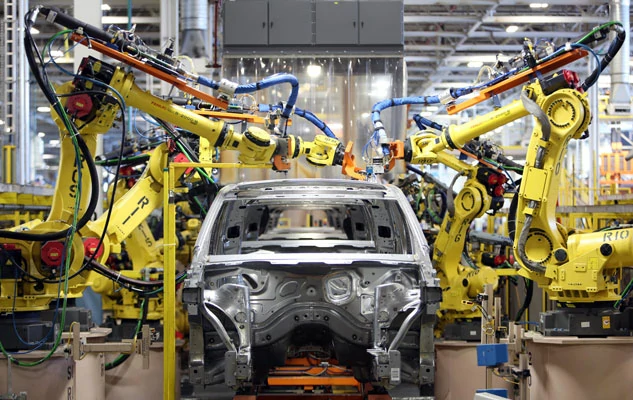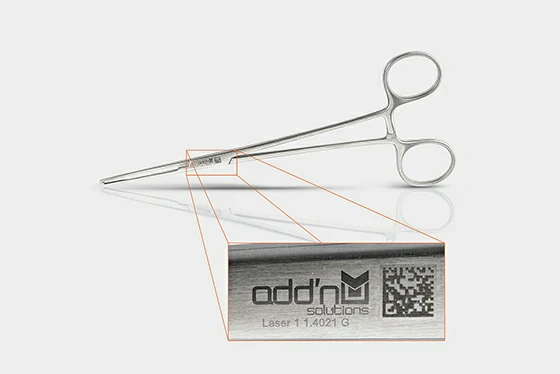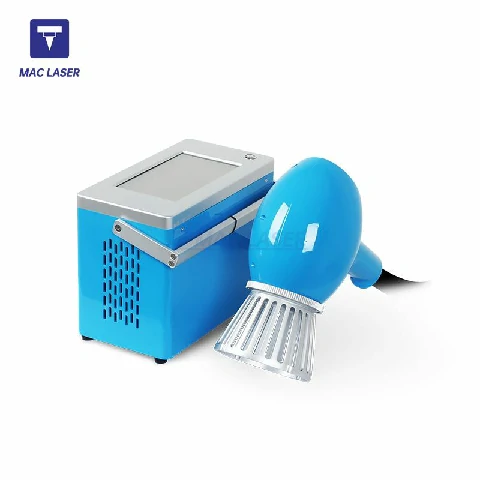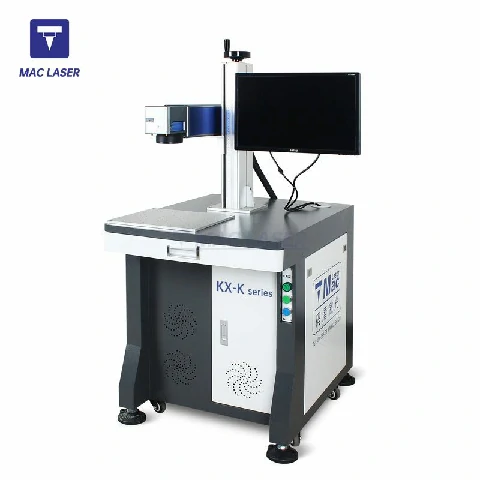UNDERSTANDING LASER MARKING TECHNOLOGY AND HOW MARKING MACHINES FUNCTION
Laser marking is a process that uses a laser beam to permanently mark or engrave a variety of materials with high precision and accuracy. The laser beam is irradiated directly on the surface of the material, and the heat generated by the beam can cause local chemical or physical reactions, thereby changing the appearance of the material. And engraves a permanent marker that resists scuffs, tears and fading.
What are the most common laser marking applications?
Laser marking has many applications in various industries including manufacturing, electronics, aerospace, medical devices, automotive, and more. Some of the most common uses include:
Product label identification: You can mark identification information such as identification, serial number, barcode and so on on the product.
Traceability and Quality Control: Can be used to create a unique identification code on a product, allowing for easier traceability throughout the manufacturing process. It can also be used to mark quality control information such as inspection dates, batch and part numbers.
Personalization and Customization: Can be used to personalize products with text, images and designs. This is a popular technique for creating custom jewelry, nameplates, engraved gifts, and other personalized items.
Medical Device Marking: Commonly used in the medical device industry to mark important information on devices such as batch numbers, expiration dates and safety information.
Aerospace and Defense Industry Marking: Widely used in the aerospace and defense industry for marking aircraft parts, identification tags and other critical components.
How to choose different laser marking for different materials?
There are several factors to consider when selecting a laser marking system for a particular material. Some factors that may affect the choice of a laser marking system include the type, thickness and surface finish of the material. For example, softer materials such as plastics require lower power lasers, while harder materials such as metals require higher power lasers. The type of laser used, such as CO2 or fiber optic, also affects marking quality and speed.
Here are five benefits of laser marking :
Laser marking has several advantages over other marking methods. Here are five benefits of laser marking:
HIGH PRECISION AND ACCURACY
Laser marking provides high precision and accuracy through the use of high-quality optics and advanced software that can precisely control the power, speed and focus of the laser beam, even capable of creating marks as small as a few microns. This level of precision allows for very detailed and intricate marking on a variety of materials.
PERMANENT AND DURABLE MARKER
By tuning the power and wavelength of the laser, laser marking is made permanent and wear-resistant, making it ideal for a wide range of applications, including industrial and medical equipment, electronics, and automotive parts.
VERSATILITY AND FLEXIBILITY
Laser marking can adjust the machine’s settings to accommodate a wide variety of materials being marked, including metals, plastics, ceramics, and even some organic materials.
FAST AND EFFICIENT
Laser marking can adjust the speed and power of the machine to achieve the desired marking speed, ensuring that the marking process is fast and efficient. Additionally, some machines can be equipped with automated systems, such as conveyor belts or robotic arms, to further increase marking speed and efficiency.
ENVIRONMENTAL FRIENDLY
Laser marking uses a non-contact marking process, which means no harsh chemicals or solvents are used, making it a more environmentally friendly option compared to other marking methods.
Laser Marking Applications
Laser marking is a widely used technique for providing permanent identification to a variety of automotive components such as drivetrains, engine parts, electric vehicle batteries, brakes, suspension elements, seat structures, and stampings.
Mac Laser has developed highly efficient laser marking procedures for metal materials that are employed in factories worldwide. These optimized techniques are capable of marking various types of metals, such as aluminum, steel, stainless steel, magnesium, lead, and zinc.
Mac Laser has created distinctive techniques to etch or engrave identification markings that ensure traceability even after undergoing post treatments such as shotblasting, heat treatment, powder coating, and e-coating.







